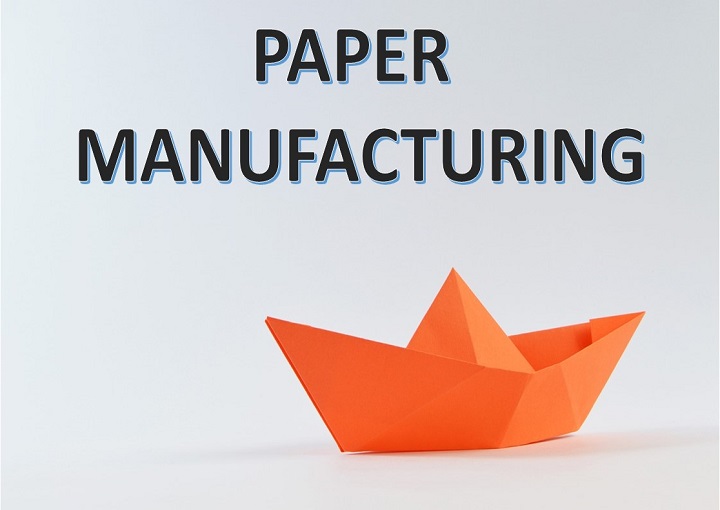Discover the fascinating process of paper manufacturing, from converting pulp into paper to the creation of the final product. Our comprehensive guide covers everything you need to know about this intricate process. Explore the world of paper manufacturing and gain a new appreciation for the everyday products we take for granted.
In today’s world, paper is an essential commodity that we use every day, from writing letters to printing newspapers. Have you ever wondered how paper is made? In this article, we will take a look at the process of paper manufacturing from start to finish.
Introduction to Paper Manufacturing
Paper manufacturing has been around for centuries, with the earliest known paper dating back to 105 AD in China. Today, paper is made from wood pulp, recycled paper, or a combination of both. The manufacturing process involves a series of steps that transform raw materials into the final product.
Raw Materials for Paper Manufacturing
The two primary raw materials used in paper manufacturing are wood pulp and recycled paper. Wood pulp is obtained from trees and is the primary source for making paper. Recycled paper, on the other hand, is used to make different types of paper products such as tissue paper, newsprint, and packaging material.
Pulp Making Process
Pulp making is the first step in the paper manufacturing process. It involves the conversion of wood chips into pulp. There are two main processes used to make pulp: mechanical and chemical pulping. Mechanical pulping involves grinding wood chips into pulp, while chemical pulping involves the use of chemicals to break down the wood fibers.
Bleaching and Refining
Once the pulp is made, it undergoes a series of refining and bleaching processes to produce high-quality paper. Refining involves breaking down the fibers into smaller, more uniform sizes to increase their strength and flexibility. Bleaching is done to remove impurities and to make the paper whiter.
Paper Making Process
The paper making process involves the formation of a continuous sheet of paper from the pulp. The pulp is mixed with water and chemicals to create a slurry. The slurry is then poured onto a moving wire mesh where the water is drained away, leaving a thin layer of pulp on the mesh. The pulp is then dried and pressed to create the final paper product.
Types of Paper Products
There are many different types of paper products available, each with its unique characteristics and uses. Some of the most common types of paper products include:
- Writing paper
- Tissue paper
- Newsprint
- Packaging material
- Specialty papers like paper money, security paper, etc.
Environmental Impact of Paper Manufacturing
Paper manufacturing has a significant impact on the environment due to the use of wood pulp, water, and chemicals. However, paper mills are adopting sustainable practices to minimize their impact on the environment. These practices include using recycled paper, using renewable energy sources, and implementing efficient water management systems.
Future of Paper Manufacturing
The paper manufacturing industry is constantly evolving, with new technologies being developed to improve the efficiency and sustainability of the process. One such technology is the use of nanocellulose, which is a type of pulp made from plant materials that are much smaller than regular pulp fibers.
Conclusion
Paper manufacturing is a complex process that involves the transformation of raw materials into the final product. Despite its impact on the environment, the paper manufacturing industry is adopting sustainable practices to minimize its impact. With new technologies being developed, the future of paper manufacturing looks bright.
FAQs
1. How long does it take to make a sheet of paper?
Ans. The paper-making process typically takes a few hours, depending on the type of paper being made.
2. Is the recycled paper as good as paper made from wood pulp ?
Ans. Yes, recycled paper is just as good as paper made from wood pulp, and it has a smaller environmental impact.
3. What is the most common type of paper product?
Ans. The most common type of paper product is writing paper.
4. How do paper mills manage their water usage?
Ans. paper mills manage their water usage by implementing efficient water management systems, such as recycling and reusing water, and minimizing water consumption through process improvements.
5. Can paper manufacturing be sustainable?
Ans. Yes, paper manufacturing can be sustainable by adopting sustainable practices such as using renewable energy sources, using recycled paper, and implementing efficient water management systems.

